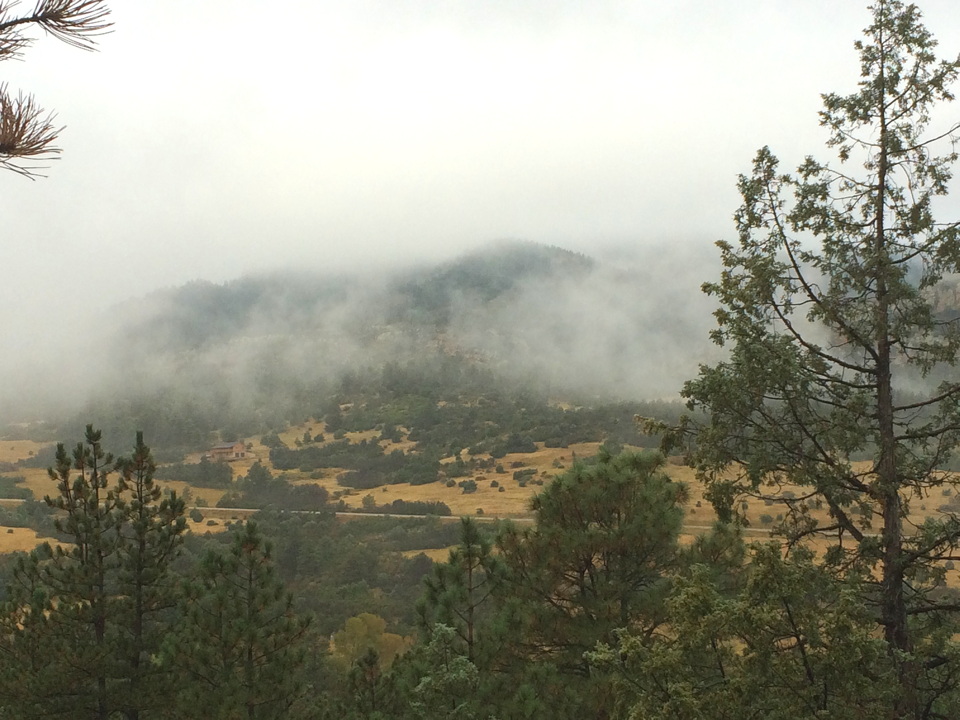
When I graduated from college, I owned three Tarot decks: the Rider-Waite/Pamela Coleman Smith deck (of course), the Marseilles deck (for history), and David Palladini’s Aquarian Tarot (well, it fit my personal aesthetic at the time).
This is fun, I thought, I should collect more Tarot decks.
And then the Tarot market exploded with publishers like Llewellyn, Lo Scarabeo, US Games, and a bunch of others coming out with Tarot or Tarot-inspired divination decks. I would have needed another bedroom — and a lot of money — to create the collection.
But it’s all good. In the last year I’ve contributed to crowd-funding for two: the American Renaissance deck, which is still in the works, and the Mushroom Tarot.

One of the premiums from the Mushroom Tarot was a bandana — or Tarot cloth — with the slogan, “In the Name of the Hyphae, the Spore, and the Holy Host.” That may go instead nto my mushrooom-hunting gear. Watch for it on the other blog next August.
So people are making their own decks, and that is wonderful, but how do you decide the production numbers and how to do you price them?
For that you should read “Show Me the Numbers: Self-Publishing vs. Traditional Publishing of a Tarot/Oracle Deck,” by Benebell Wen. There is a video and additional text, and I think this difficult topic needs text! It’s not the fun, creative part, but it is essential to think about. (And I guess you need merch like T-shirts and Tarot cloths too.)
Kind of related: Kristen Blizzard, a Colorado foraging-and-cooking blogger, and her husband recently finished a book, Wild Mushrooms: A Cookbook and Foraging Guide.
They were working with a publisher — they weren’t book authors, yet.
Ultimately we decided to jump in blind and figure it out because… mushrooms! Writing a book was never something either of us longed to put on our resumes, yet in the long run I’m glad we did.
So there was research and cooking and writing and photography. You may have taken hundreds of photos for your blog, but food photography is a speciality — she has advice on that too. Pricing and press runs will be someone else’s decision though.










 From Vicki Steward’s blog Normal For Glastonbury: Life in the Oddest Town in England,
From Vicki Steward’s blog Normal For Glastonbury: Life in the Oddest Town in England, 